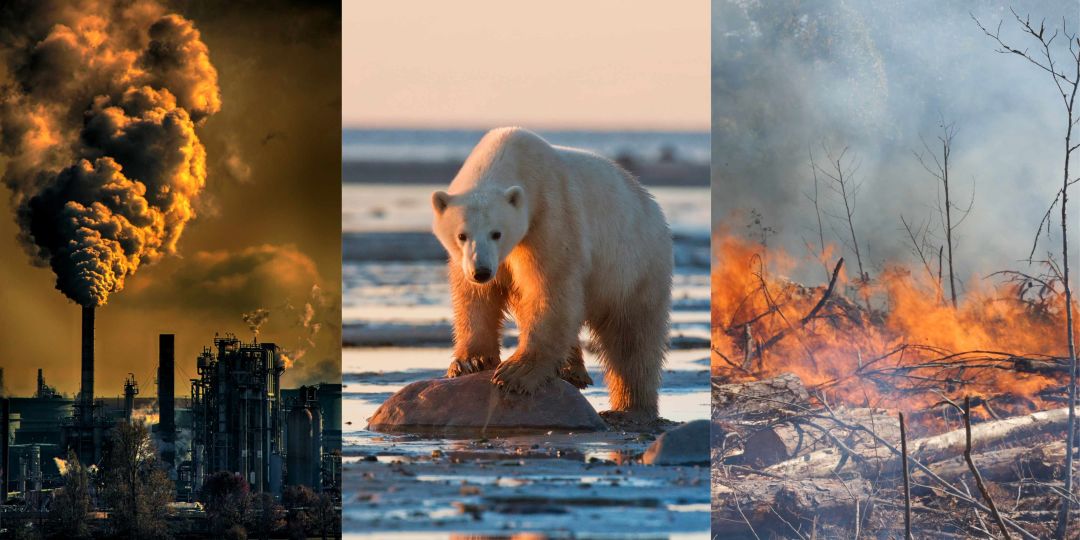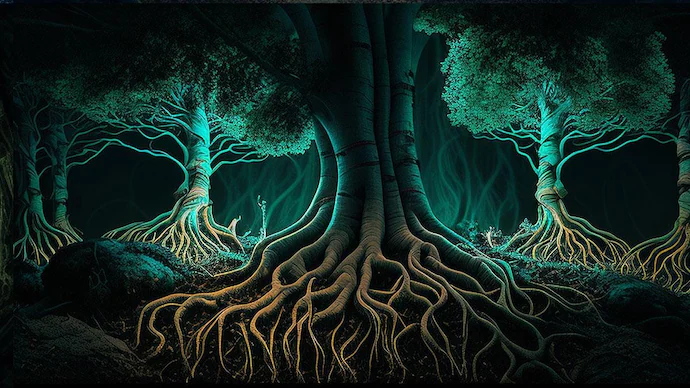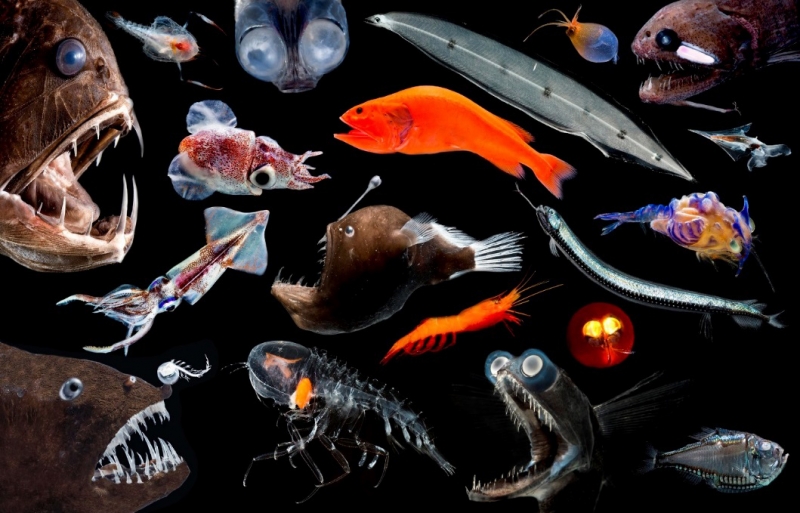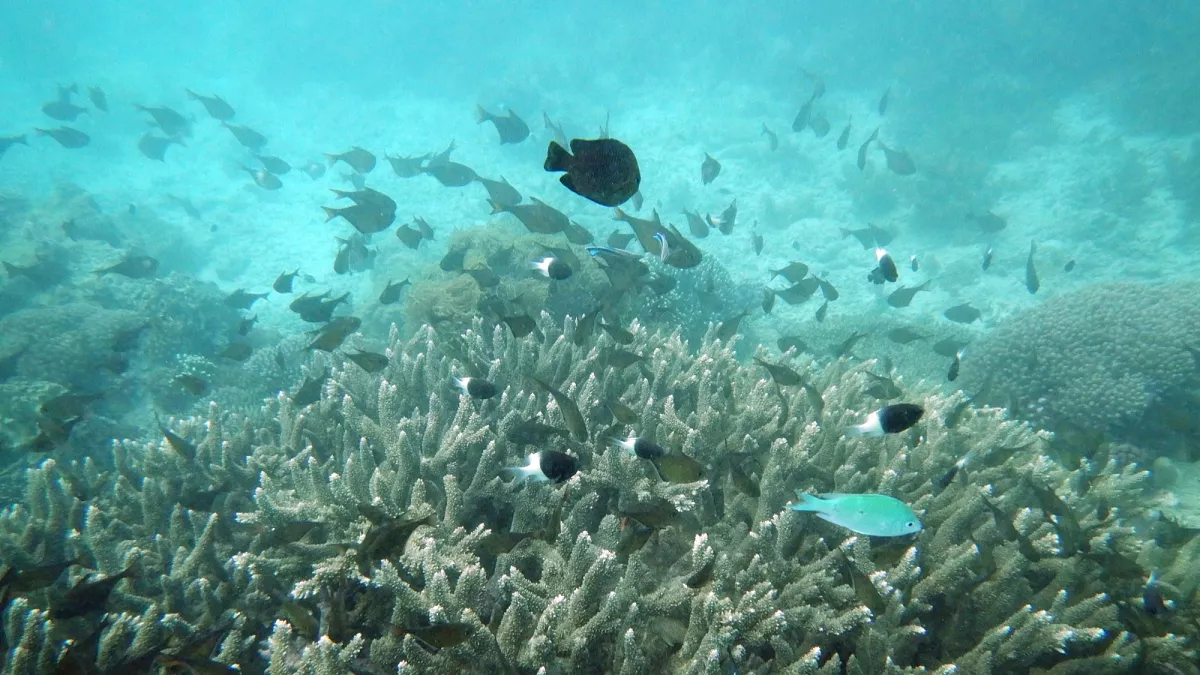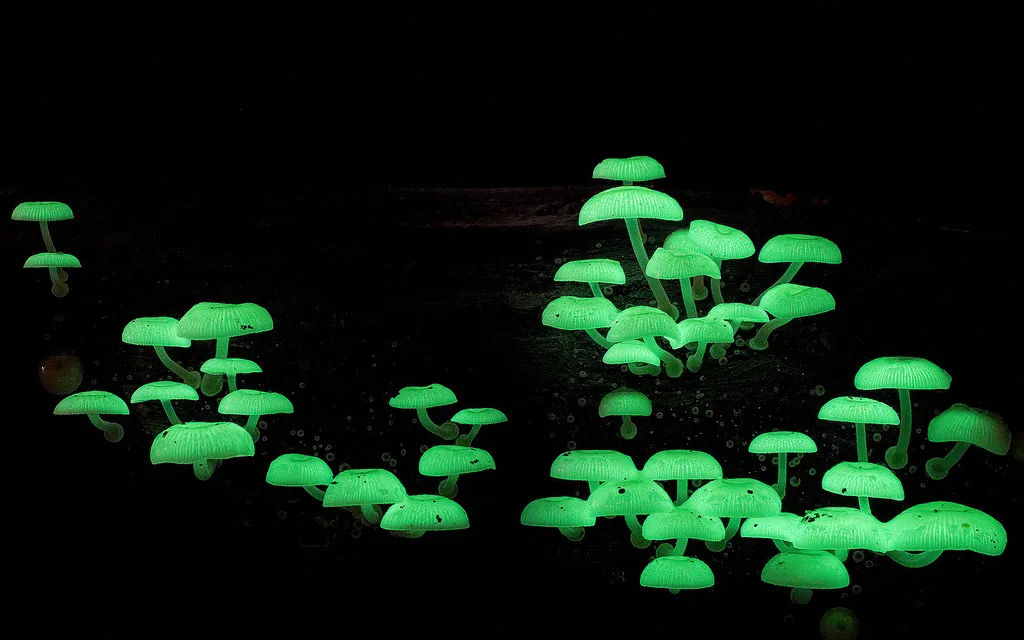solsticeuniversity – Climate change, driven primarily by human activities such as fossil fuel combustion, deforestation, and industrial processes, is one of the most pressing challenges facing our planet today. As global temperatures rise, the impacts on ecosystems are profound and far-reaching, affecting everything from species distribution to habitat health.
1. Altered Habitats and Species Distribution
As temperatures increase, many species are forced to migrate to cooler areas, often towards the poles or higher altitudes. For example, the distribution of plant and animal species in mountainous regions is shifting upward, while marine species are moving to deeper waters or towards the poles. This migration can lead to disrupted ecosystems, as new species interactions form and existing relationships are strained.
2. Threats to Biodiversity
Climate change poses a significant threat to biodiversity. Altered temperature and precipitation patterns can lead to habitat loss, affecting sensitive ecosystems like coral reefs, wetlands, and forests. For instance, coral bleaching—a phenomenon exacerbated by rising sea temperatures—has led to the degradation of reefs, which are crucial habitats for many marine species. The loss of biodiversity diminishes ecosystem resilience, making it harder for ecosystems to recover from environmental stresses.
3. Phenological Changes
The timing of biological events, known as phenology, is shifting due to climate change. Many species are experiencing changes in their life cycles, such as earlier blooming in plants or altered migration patterns in birds. These mismatches can disrupt food webs; for example, if insects emerge earlier than the birds that feed on them, it can lead to decreased bird populations.
4. Impact on Ecosystem Services
Healthy ecosystems provide vital services that humans rely on, including clean air and water, pollination of crops, and carbon storage. Climate change threatens these services. For instance, changing precipitation patterns can affect freshwater availability, impacting both ecosystems and human communities. Similarly, forest ecosystems, which act as carbon sinks, may become sources of carbon emissions if they suffer from increased wildfires or pest outbreaks.
5. Ocean Acidification
The absorption of excess carbon dioxide by oceans is leading to ocean acidification, which poses a severe threat to marine ecosystems. Shellfish, corals, and other calcifying organisms struggle to maintain their structures in more acidic waters, leading to diminished marine biodiversity and disrupted food chains.
6. Invasive Species
Warmer temperatures and changing ecosystems create opportunities for invasive species to thrive. These non-native species can outcompete local flora and fauna, leading to further biodiversity loss and altering ecosystem functions. The introduction of invasive species can significantly impact agricultural practices and local economies.
7. Feedback Loops
Climate change and ecosystems are interconnected in a complex web of feedback loops. For instance, deforestation not only releases stored carbon but also decreases the planet’s ability to absorb future carbon emissions. Additionally, as ecosystems degrade, they become less resilient to climate change, creating a vicious cycle of decline.
Conclusion
The impact of climate change on ecosystems is profound and multifaceted. Addressing this crisis requires immediate and sustained action, not only to mitigate emissions but also to adapt conservation strategies to protect vulnerable ecosystems and species. By understanding the intricate relationships between climate change and ecosystems, we can work towards a more sustainable future for our planet. It’s crucial for individuals, communities, and policymakers to prioritize efforts to combat climate change, ensuring the health of our ecosystems and the myriad benefits they provide.
